About Queentile Roofing

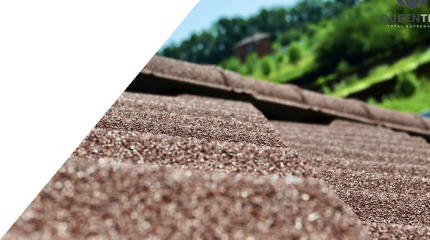
After conducting a survey of end consumers by an independent marketing agency, it was revealed that the most significant concern among consumers is the shedding of stone granules from the surface of the shingles.
QUEENTILE uses a unique acrylic binder in its production, which has no equivalents. Specially developed and patented by leading German technologists for the QUEENTILE brand, it provides:
- stone fixation on the metal surface at any temperature range;
- additional protection of metal from corrosion and atmospheric phenomena;
- protection against moss and fungus formation;
- protection of the aluminum-zinc coating from dynamic impacts and mechanical damage.
We conducted a series of technical tests on QUEENTILE composite shingles and those from other manufacturers to assess stone chip shedding. In total, 6 experimental samples were tested:
This test helps determine the shingle's resistance to high temperatures.
Test description:
1) Tiles are placed in an oven (temperature 80°C) for 1 hour;
2) Tiles are removed from the oven and placed on a rack. Pressure is applied to the surface at a 70-degree angle.
Minor stone loss is permissible, and the color should remain unchanged.
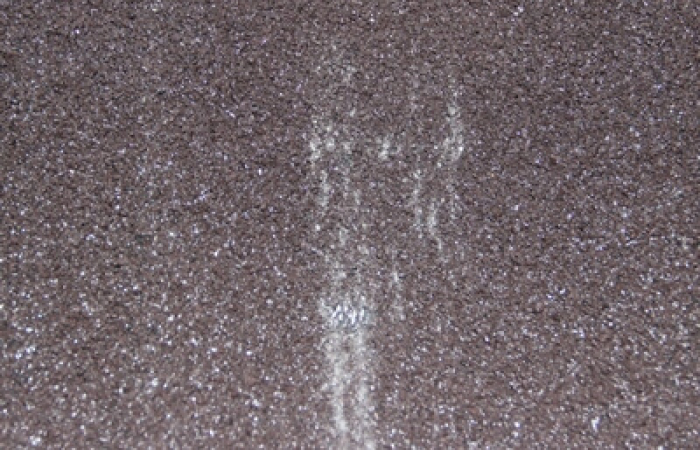
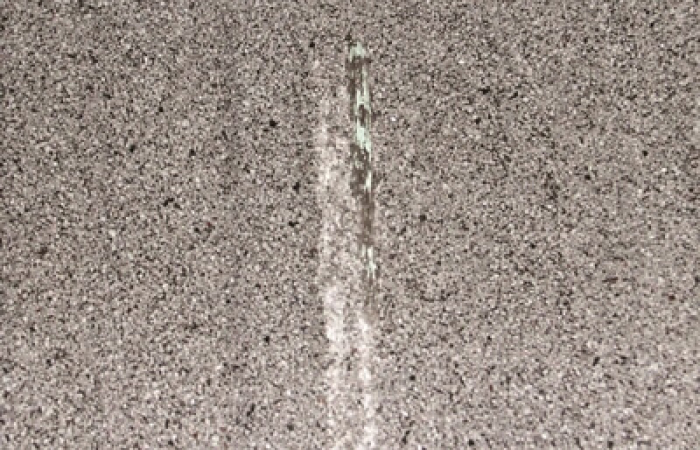

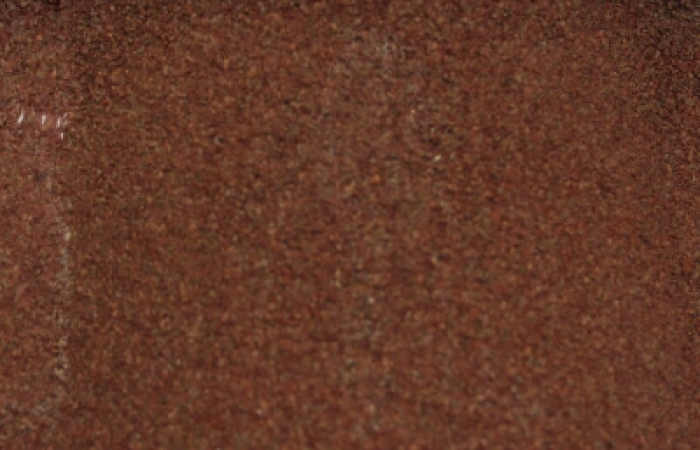


Result: Sample No. 2 showed the most susceptibility to damage.
For other samples, the quality gradually increases in the sequence No. 3 - No. 1 - No. 5. Samples No. 4 and No. 6 demonstrated the best results, approximately at the same level.
This test determines the resistance of the composite shingle coating to low temperatures:
Test Description:
1) Tiles are placed in a freezer for 12 hours at a temperature of -20°C;
2) Tiles are removed from the freezer and bent 180 degrees;
Minor stone loss is acceptable. The color should remain unchanged.



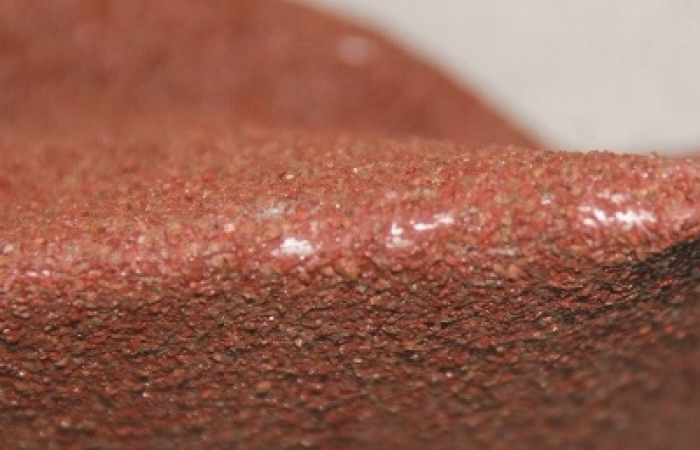


Result: under the influence of low temperatures or ice accumulation, there is no damage to the integrity of the composite coating only in sample No. 6.
For all other samples, there is a violation of the integrity (cracking) of the composite coating at the bending point.
This test determines the resistance of the coating to heavy precipitation and increased humidity.
Test Description:
1) Tiles are immersed in distilled water for 4 hours, after which they are removed;
2) Tiles are subjected to mechanical impact with a solid metal object.
Minor stone loss is acceptable. The color should remain unchanged.

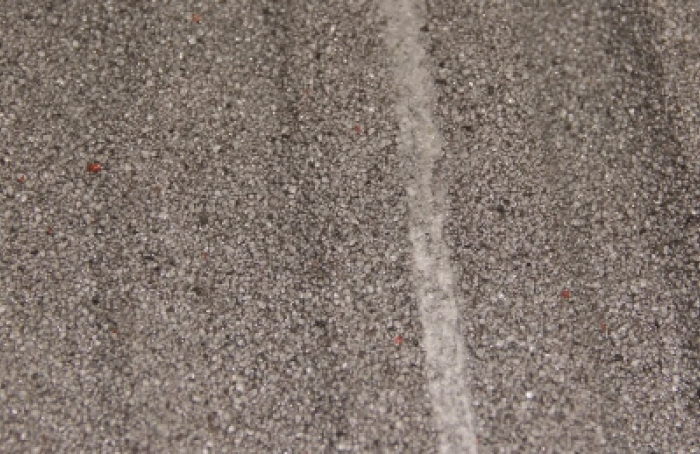
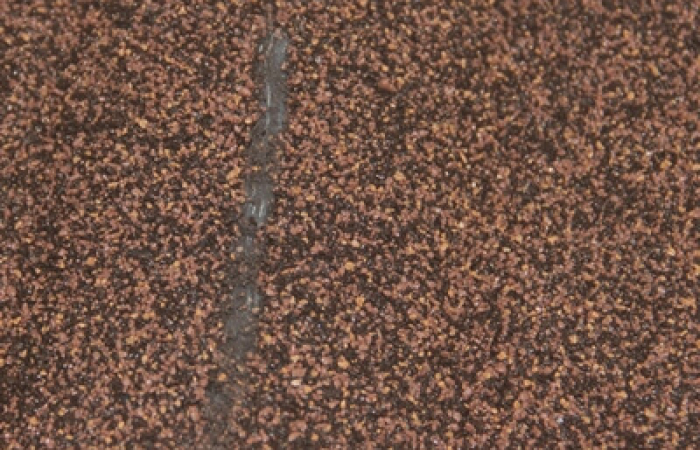

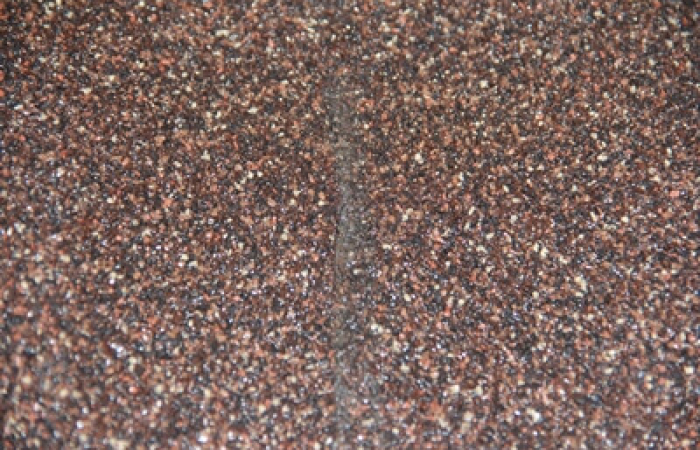
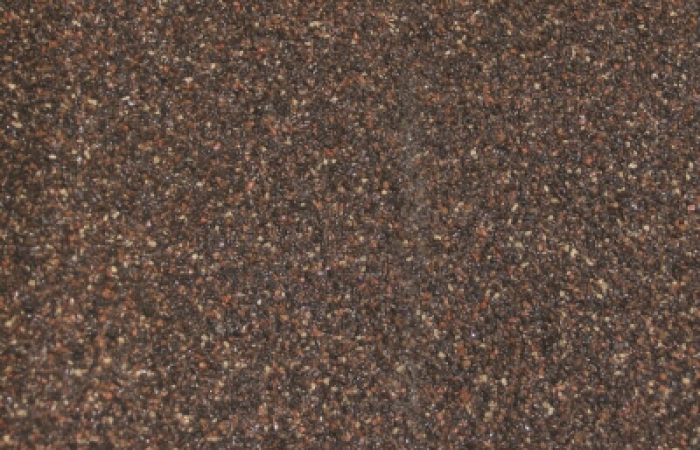
Result: samples No. 5 and No. 6 are less susceptible to scratches and damage to the top layer, indicating the resistance of the shingles from these manufacturers to hail, rain, and mechanical damage.









